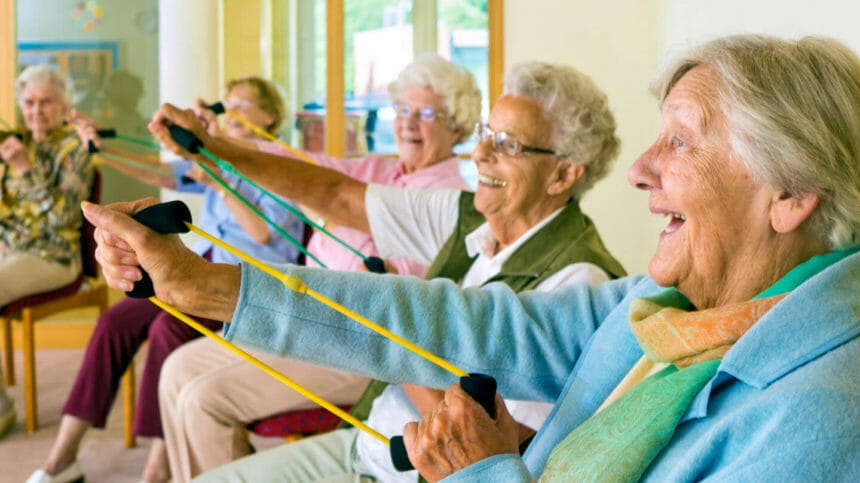
Many stroke rehabilitation therapies are focused on the single-handed performance of tasks. But bimanual hand coordination may continue to improve after stroke, allowing rehabilitation patients to regain some abilities that are now difficult to perform single handedly, according to a new study.
Investigators developed a new assessment to determine how well the hands and arm work together to perform different bimanual tasks. To do so, they observed 56 patients beginning one week after their stroke and up to six months afterwards.
Improved capabilities
Tasks in which participants used only one hand were more impaired by stroke than those involving coordinated hand movements, they found. In addition, most recovery of coordination happened within the first three months following stroke, but in some tasks, improvements continued at six months.
The study may allow some added consolation for stroke survivors participating in post-acute therapy, said study lead and doctoral student Harry Jordan, of the University of Auckland in New Zealand.
“Most tasks we perform in our lives involve coordinating both hands together, but a lot of therapy after stroke focuses on one-handed tasks,” Jordan said. “A better understanding of how people recover the ability to coordinate their hands could lead to therapies that more effectively improve independence in daily activities.”
The study was presented at the 31st Annual Scientific Meeting of the Stroke Society of Australasia 2022.
Related articles:
Stroke rehab tool tracks arm movement with 77% accuracy
Pressure injuries found in 11% of SNF stroke rehab patients: study
Seated tai chi improves functional, mental health recovery in ischemic stroke
Stroke patients see huge survival boost with modified cardiac rehab



